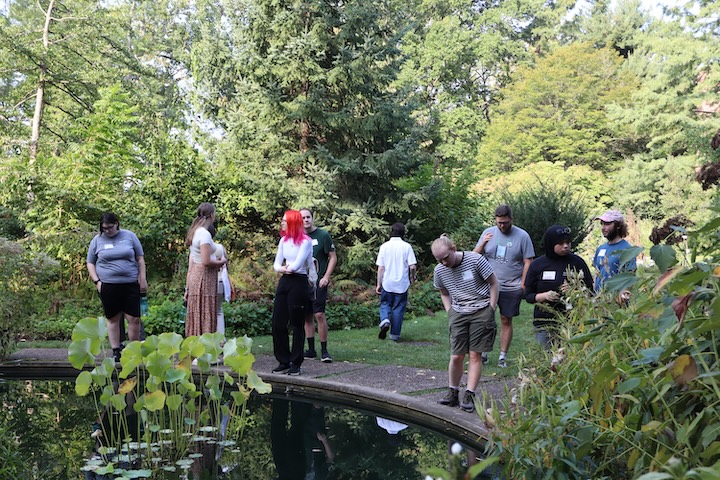How 'Panda Diplomacy' Led To Conservation Success
In 1972, pandas arrived at the Smithsonian’s National Zoo in Washington, DC, to huge fanfare. Since then, pandas have been some of the city’s most beloved residents.
But for the first time in more than 50 years, DC is panda-free—indefinitely. Mama panda Mei Xiang, papa bear Tian Tian, and their youngest cub Xiao Qi Ji returned to China in November when their leases ended. This is possible because all but a few pandas residing outside of China are on loan through agreements with the country.
It’s not just the National Zoo waving its pandas goodbye—the Memphis Zoo’s single panda returned to China in April, and Zoo Atlanta’s pandas will go later in 2024. The news of the pandas’ departure seemed sudden, and it stirred up some questions: Why are the pandas leaving? And why now?
The news resurfaced the idea of panda diplomacy—how China introduced pandas to the world by loaning them out to other countries and using them as a symbol of cooperation.
SciFri producer Rasha Aridi and freelance journalist Aja Drain look back at 80 years of panda conservation, and how panda diplomacy paved the way for groundbreaking science. And they try to answer the multi-million dollar question: Was it all worth it?
EEB core faculty member Jianguo "Jack" Liu, Rachel Carson Chair in Sustainability, weighs in at about the 23-min mark.
See the story and link to the show on the WNYC/Science Friday site.



